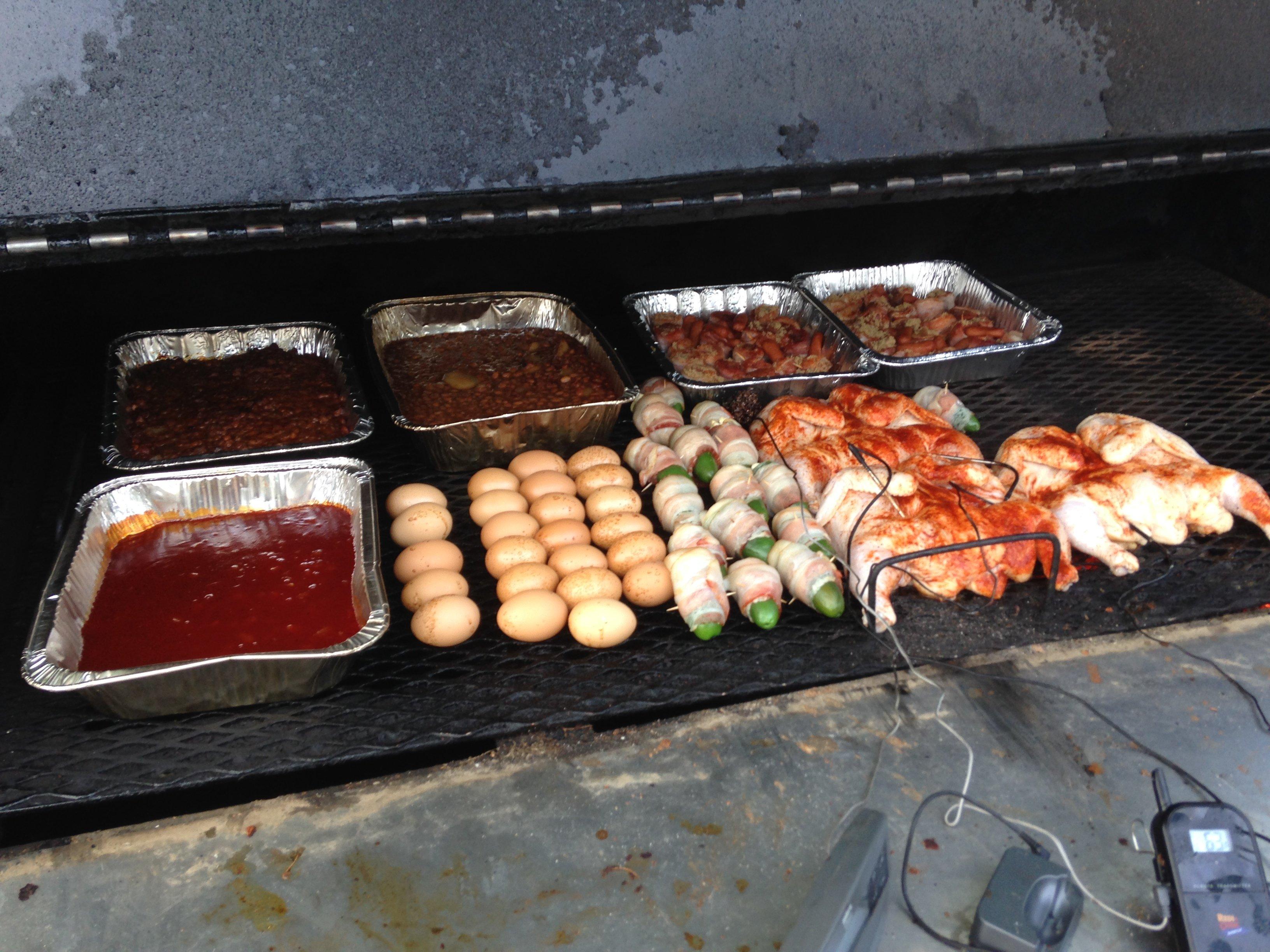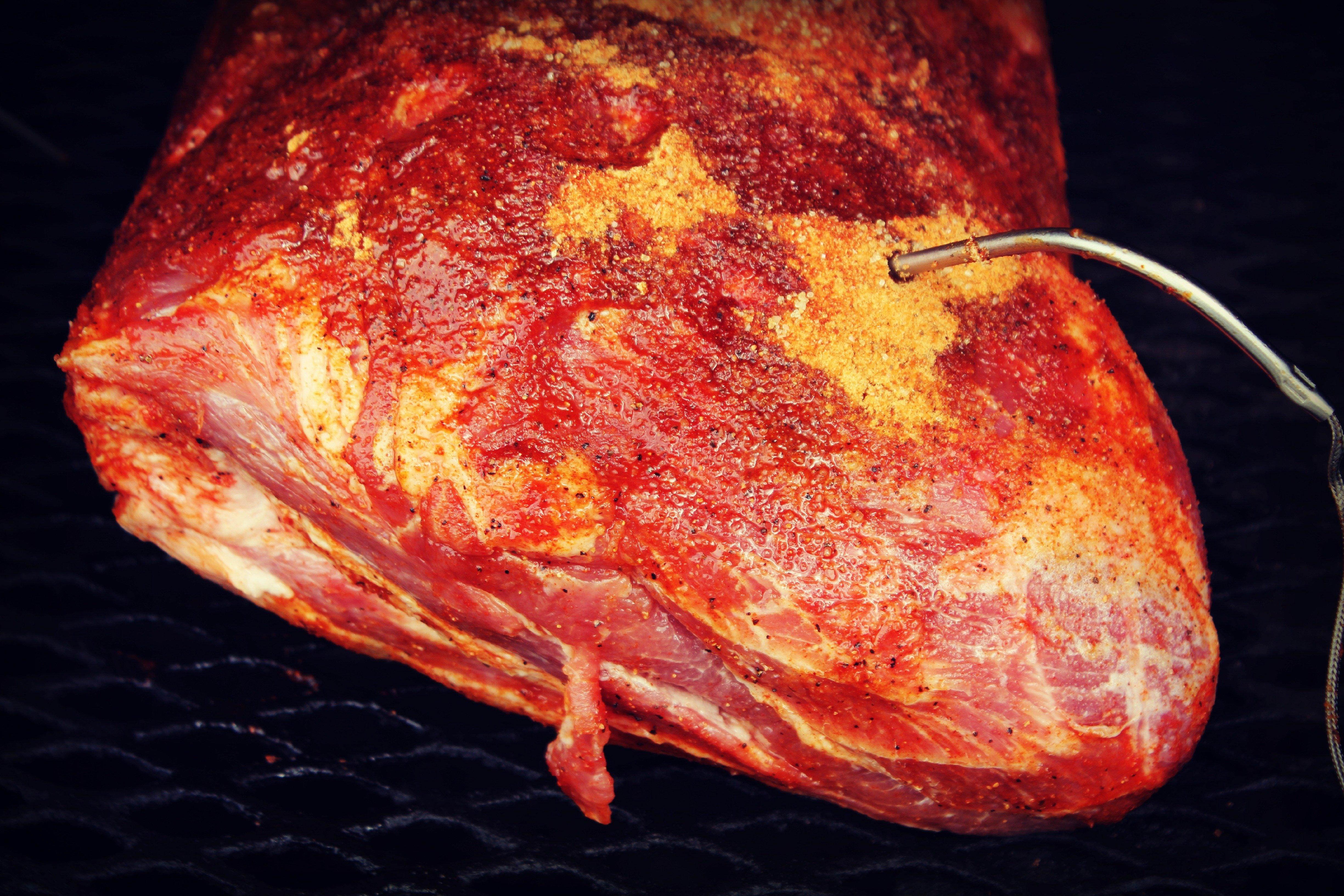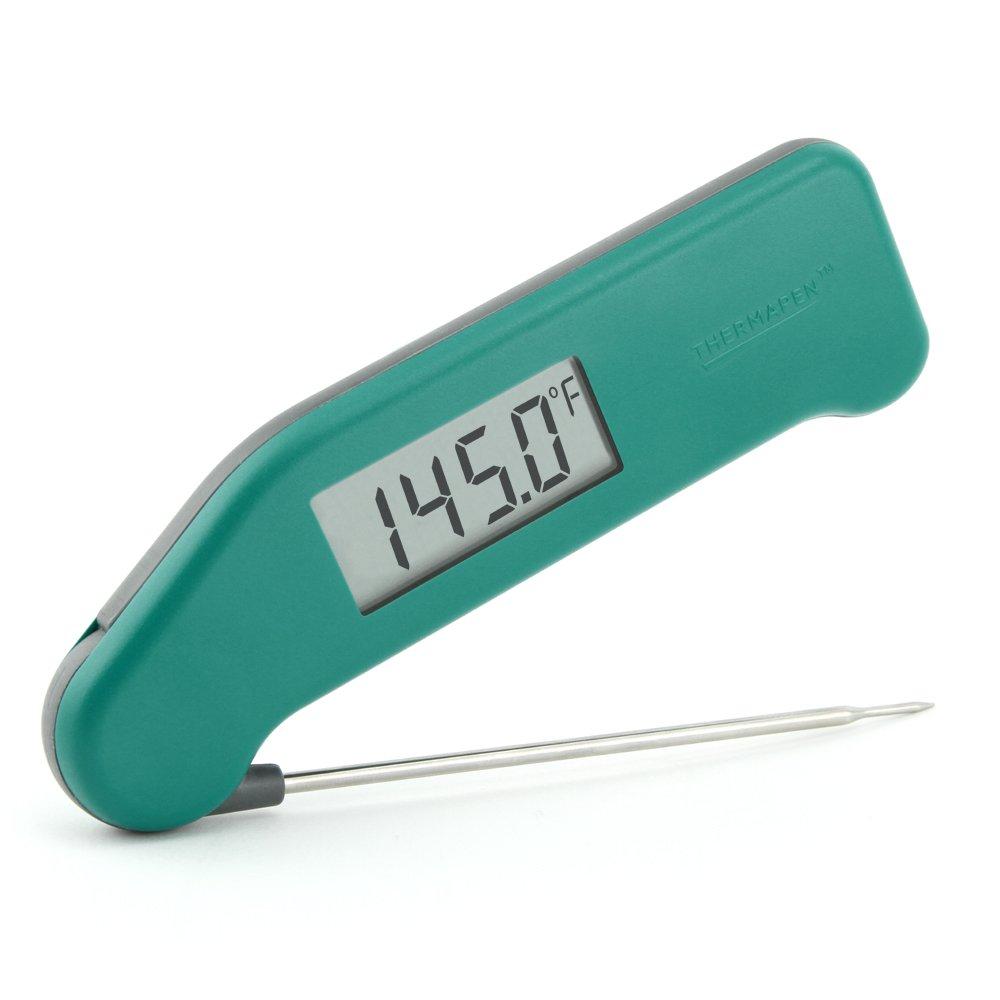What Every Wild Game Chef Needs to Know About Thermometers
Very often in this blog you will see me make reference to cooking to a particular temperature. Good reason, wild game in particular benefits from not overcooking, and there is precious little leeway in done enough verses dried out. Experienced wild game chefs can often tell when their meat is perfectly cooked by look and feel, but it is nice to be able to double check with a quality thermometer.
Table quality isn't the only concern when cooking wild game. Some meats, like wild pork or bear, can carry diseases that are transmittable to humans. Cooking these meats to a high enough internal temperature will kill any creepy crawlies that might make your dining experience less than enjoyable. Knowing your temperature for certain ensures that your food is safe to eat.
So what does the average cook need as far as thermometers go? I like the combination of a good remote read thermometer and a digital instant read model. Why both? Because they do different things well and each has their place in different cooking situations.
Let's start with the remote read model. These thermometers have one or more probes that lead to a base unit. The best ones have a separate temperature read out unit that will work up to several hundred feet from the base unit. Use one probe to monitor the smoker temperature and the other to keep an eye on your meat. Or use both probes to keep an eye on the internal temperature of two different cuts at the same time. Since you can monitor the temperature of the meat and the smoker temperature at the same time, you avoid having to constantly open your smoker to check on things. As the old barbecue saying goes, If you are looking, you aint cooking. Keeping the pit closed maintains the heat at a constant level and shortens the cooking time.
Long a favorite on the competition barbecue circuit, the Maverick Housewares brand ET- 733 will do everything you can ask from a thermometer and will send a signal to the remote receiver from as far away as 300 feet.
While the remote thermometers shine in long, slow cooking situations, sometimes you need to know the temperature of a food right away. Grilling steaks, frying duck breast, cooking sausages; these are the situations an instant read thermometer was made for. Look for a model that is water resistant, folds for easy storage, and reads the temperature immediately.
One of the best instant read units on the market today is the Thermoworks brand Thermapen. The Thermapen isn't cheap, but it is insanely fast, very accurate, and will outlast countless cheaper versions.
Once you have settled on your thermometers, a few maintenance tips will keep them in tip top shape for years. To start, clean the probes and units by wiping them down with a damp cloth. Never submerge the units in water.
When using remote read thermometers, be careful not to crimp the wire leads that connect the probes with the base unit. Keep the wires straight and away from any pinch points on the door or vents of the grill. Many smokers are factory outfitted with ports for thermometer leads.
Regardless of brand and model, it is a good idea to test your thermometers for accuracy from time to time. To test accuracy, simply insert the probe into a glass of ice water, without touching the sides or bottom of the glass, and look for a temperature right around 32/33 degrees Fahrenheit. An alternative test is to insert the probe into a pan of boiling water and look for a temperature right around 212 degrees Fahrenheit.
So let me hear it, wild game chefs. Use a thermometer when you cook? What brand?











